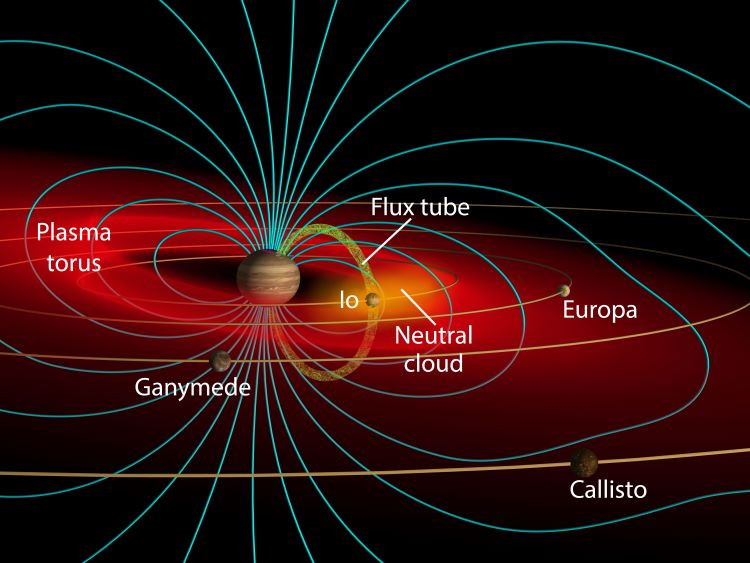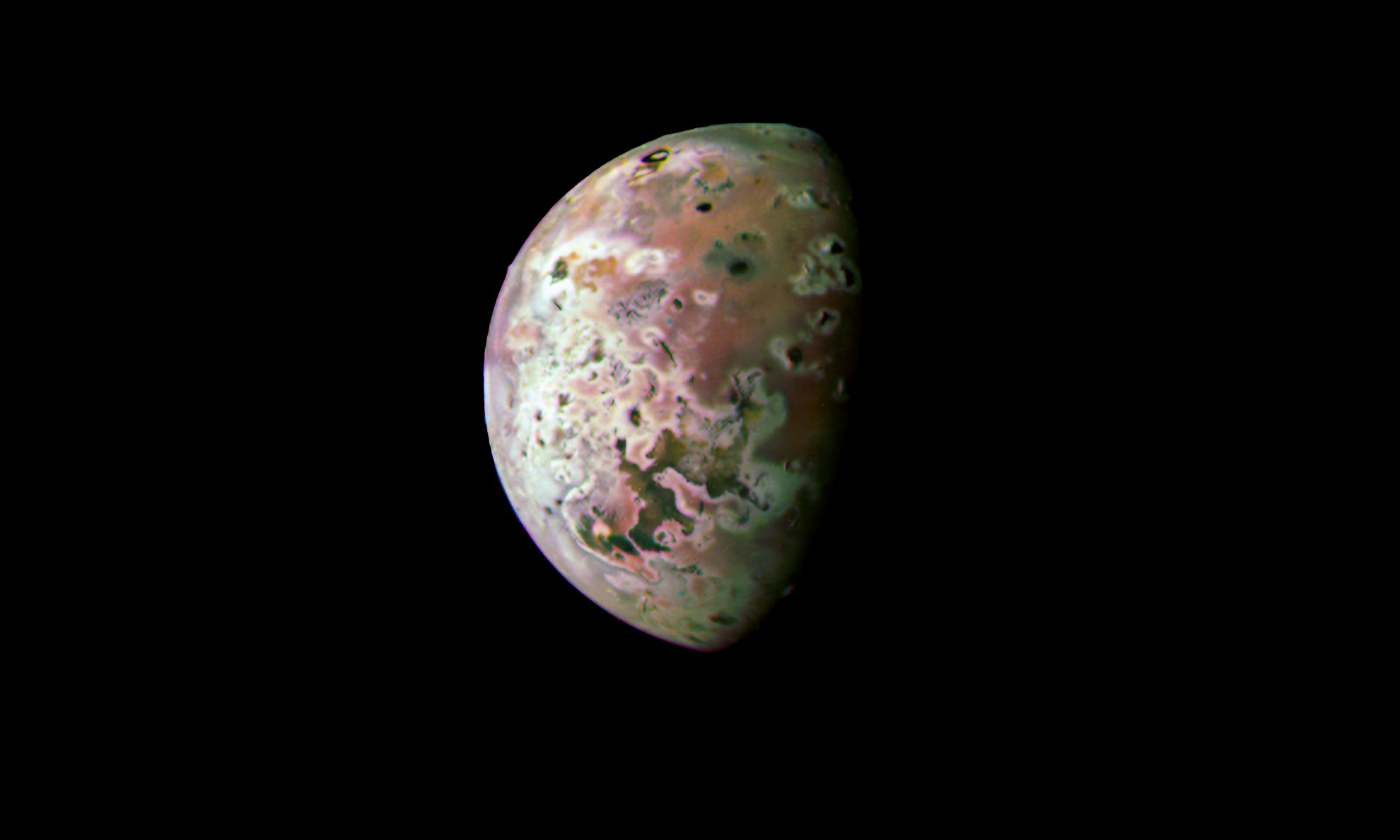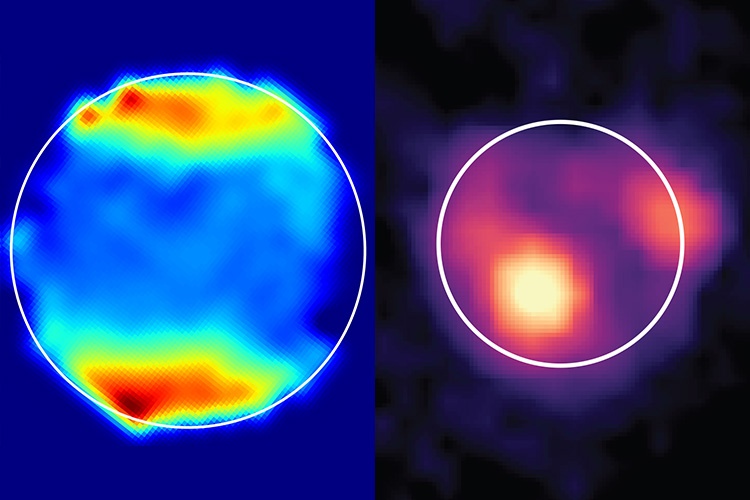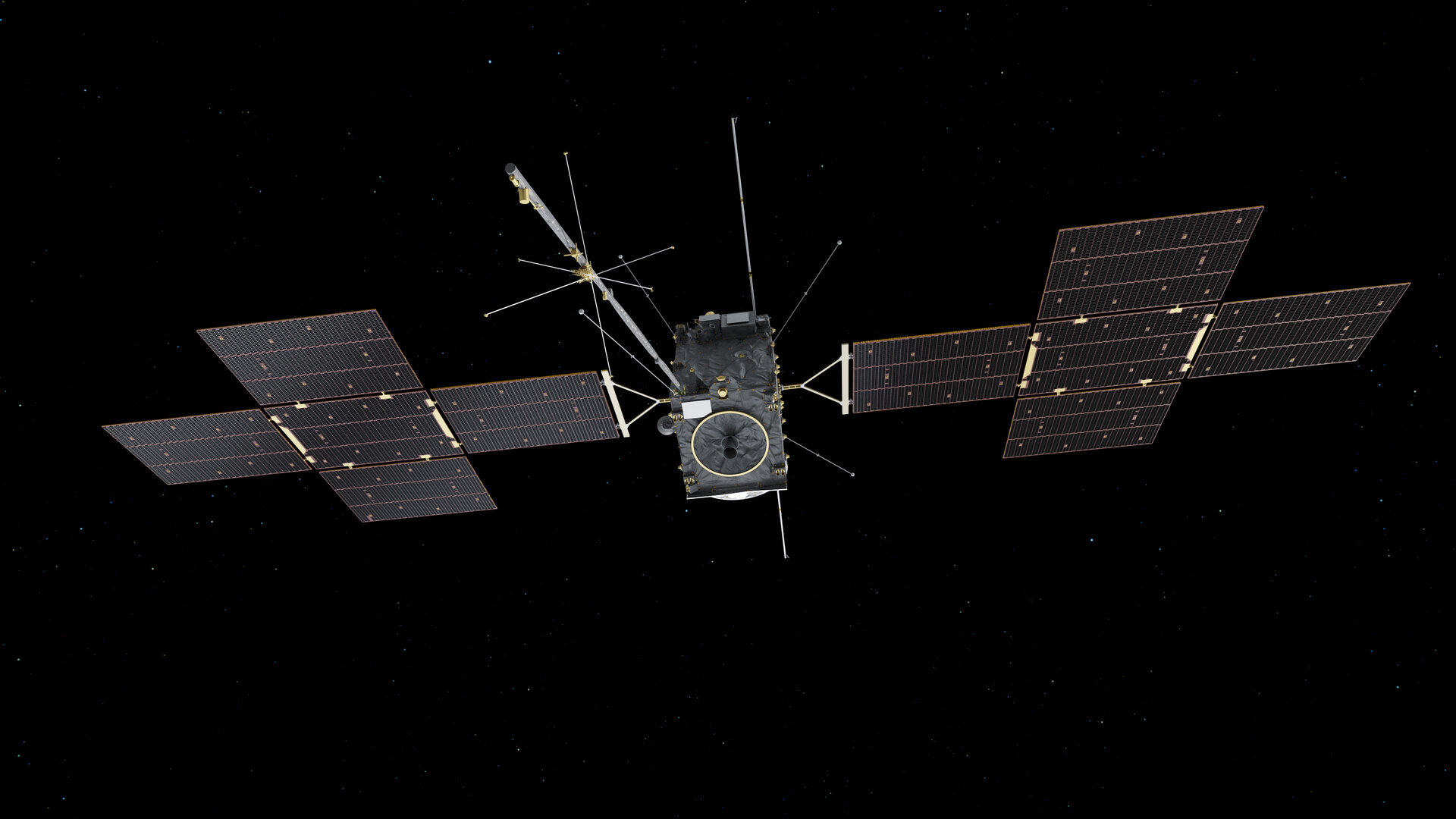The nature of dark matter has been a hotly debated topic for decades. If it’s a heavy, slow moving particle then it’s just possible that neutrinos may be emitted during interactions with normal matter. A new paper proposes that Jupiter may be the place to watch this happen. It has enough gravity to capture dark matter particles which may be detectable using a water Cherenkov detector. The researchers suggest using a water Cherenkov detector to watch for excess neutrinos coming from the direction of Jupiter with energies between 100 MeV and 5 GeV.
Continue reading “Using Jupiter as a Dark Matter Detector”Using Jupiter as a Dark Matter Detector










